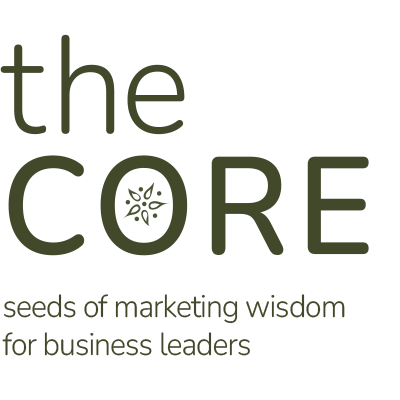As a brand, connecting with your target audience is crucial. In order to connect with your target audience effectively, you need to know what content resonates with your target demographic, their sales cycle, and what they value most about your product or service. This type of in-depth research can be difficult to reproduce at scale, but marketing automation can be a powerful tool. Marketing Automation can help you identify your potential customers’ needs, establish several touchpoints on their sales journeys, and bring more sales to completion.
What is Marketing Automation?
Marketing automation refers to a set of tools and processes that are used to communicate with existing leads, bringing them closer to the point of buying. Any time a customer adds an item to a cart, leaves the page, and later receives an email with “Forgot Something?” in the subject line, that’s marketing automation at work. Setting up a series of processes, emails, reminders, or follow-ups can help you increase communication with your customers without taking the additional time or requiring you to hire new talent. Instead, marketing automation uses well-designed processes to help you discover potential customers, replicate high-performing practices, and encourage repeat purchasing behaviors.
Marketing Automation Saves You Time and Overhead
Marketing automation has numerous benefits, but the most important is the time you save by streamlining your sales cycle. Rather than spending hours identifying and contacting qualified leads individually, it gives you the capacity to reach out to leads at the ideal point in their purchasing journey. There’s no need to manually import customers into your database. Instead, an automated marketing tool can identify and label leads for you by tracking a user’s interaction with your brand.
Marketing Automation Can Strengthen Your CRM
Marketing automation also increases the power of your customer relationship management (CRM) tool, such as Salesforce. In tandem with a CRM, marketing automation can help you build a customized onboarding process and follow-up communication for clients in order to strengthen your customer relationships.
Especially in B2B industries, having a personalized connection can make or break a sale. Because automation analyzes your audience’s actions, it actively nurtures your leads by personalizing their experience and automatically segmenting their journeys. Marketing automation can monitor behaviors such as clicks, site visits, or purchase histories and provide your leads with information and opportunities that are customized to their needs. You’ll see improved conversion rates, and you’ll be able to assess and improve your sales pipeline with actionable data.
How You Can Implement Marketing Automation
While marketing automation can be immensely effective, you need a strong foundation to see powerful results. This includes a reliable contact list, an up-to-date website, active email marketing tactics, and social media management. If you need a starting place, try refreshing your current marketing by conducting client interviews or researching SEO best practices.
Once you’ve established reliable groundwork, you need to indicate your specific goals. Your goals may include an increase in subscribers, clicks, sales, or page likes. After you’ve determined your goal, decide what platform you want to use.
There are several MA systems available, but consider your preferred budget, ease of use, type of marketing automation, and customer service when deciding which one is best for you. Finally, you should determine if you want to implement alone or hire a professional marketing company to begin your process.
Iterate and Improve Your Marketing Automation
Nothing works as well in a silo as it does when combined with other tools. To continue achieving marketing automation goals, you should pair MA with inbound marketing and CRM tools to increase its reach.
You’ll also want to include other team members in setting up and improving your processes. Sharing reports with senior executives and data with your sales team will allow you to collect and implement their insights into the sales funnel. With the feedback and assistance from various departments, plus the results from your marketing automation tool, you can optimize your content, messaging, and strategies to retain your current customers and attract more.
Need Help Getting Started with Marketing Automation?
Marketing automation is a powerful tool that can be complex to implement. Green Apple Strategy is a full-service marketing agency that helps clients communicate effectively to their desired audience. Are you interested in learning more about how we can help you start your marketing automation journey? Contact us today for a consultation!












